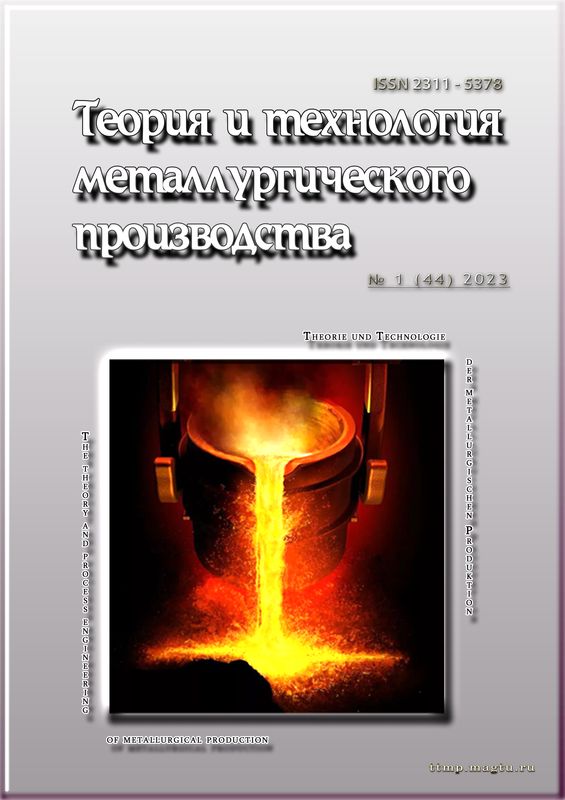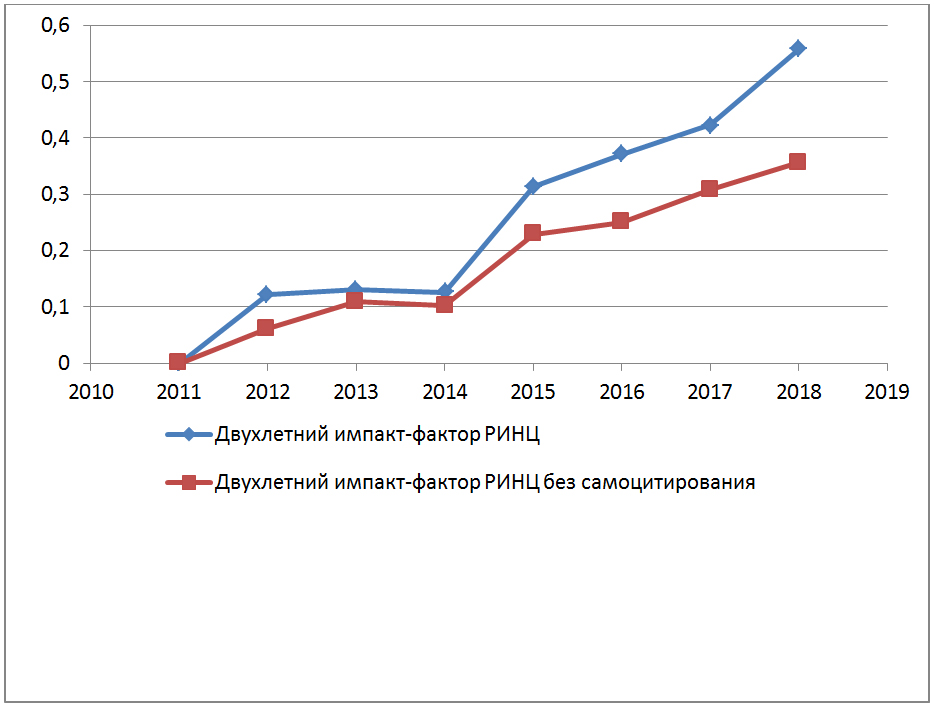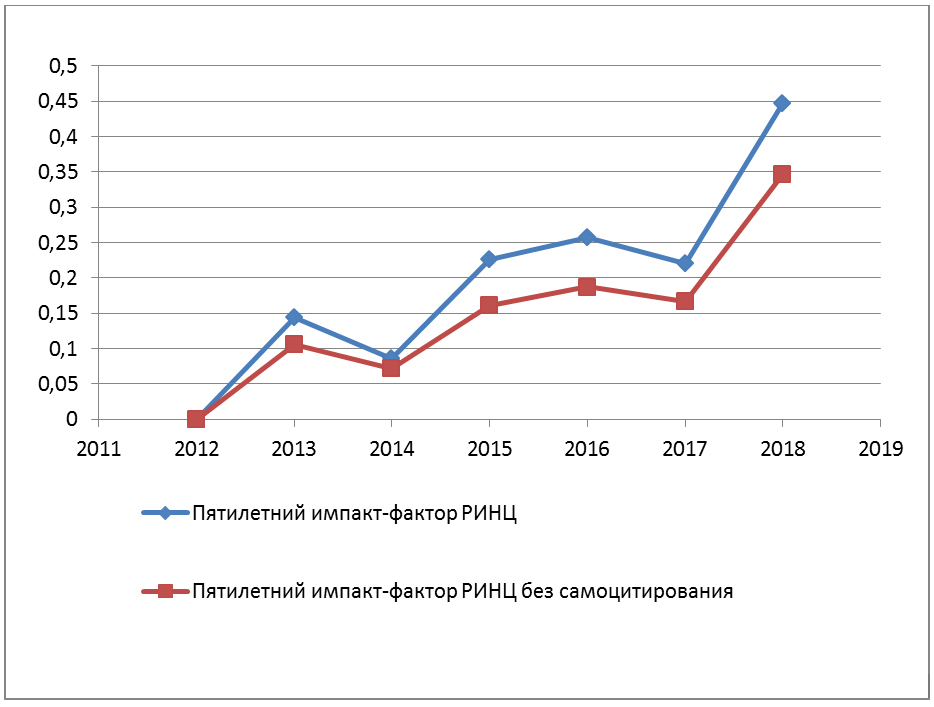Abstract
The process experts are concerned about tellurium due to its various physical and chemical properties. Its main industrial source is copper electrolyte sludge, from which tellurium is extracted as a by-product and is subsequently sold both in elemental form and in the form of tellurium-containing middling. Characteristics of the middling are not the least of the factors for the development and improvement of technologies for the processing of industrial copper telluride to obtain metal tellurium. In this work, the physicochemical properties of the tellurium-containing middling of Kazakhmys Smelting LLP, which is produced by the plant in the course of current work shortly before its acquisition, have been studied. The following methods have been applied during the study: particle size distribution, X-ray phase, and X-ray fluorescence. It was found that material is mainly represented by the large aggregate, the moisture content of the sample is 29 %. The bulk density of wet material was 0.74 g/cm3 without tapping, 0.83 g/cm3 with tap- ping, 0.74 g/cm3 dry (without tapping), and 0.9 g/cm3 (with tapping). The angle of natural slipe for both wet and dewatered material was 25°. The elemental composition of the material was determined by the X-ray fluorescence method as follows, wt. %: Cu – 47.19; Te – 31.22; O – 18.88; S – 2.09, Se – 0.04. X-ray phase analysis determined that the ma- terial is represented by crystalline phases: Cu7Te4, Cu5Te3, Cu2Te, Cu2.5SO4(OH)3·2H2O, Cu3(SO4)(OH)4. Information on the physicochemical characteristics of tellurium-containing middlings is very limited in the open literature. Therefore, the obtained data are new information, which contributes to the organization of the elemental tellurium production of technical grades in the Republic of Kazakhstan.
Keywords: tellurium, copper, copper telluride, middling, phase composition, elemental composition.





